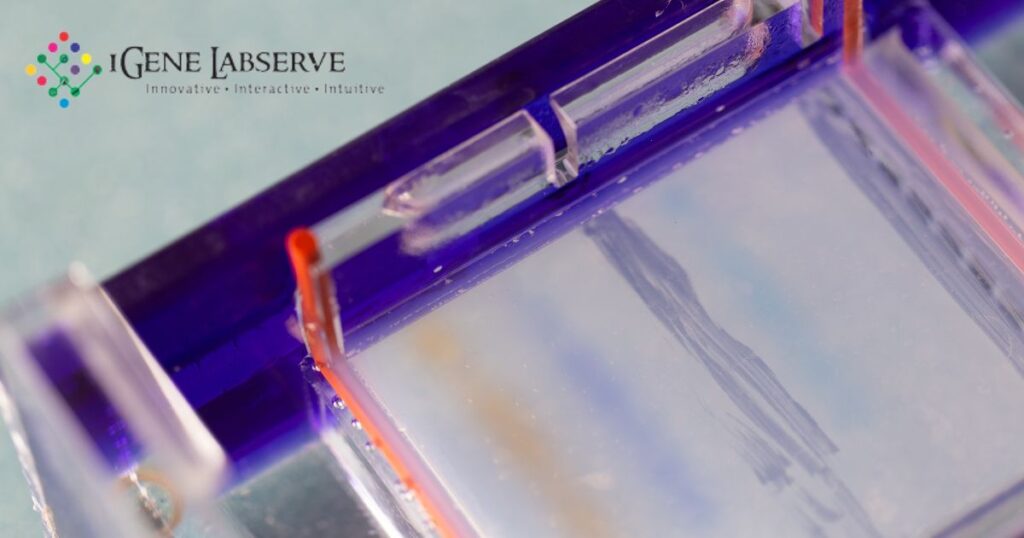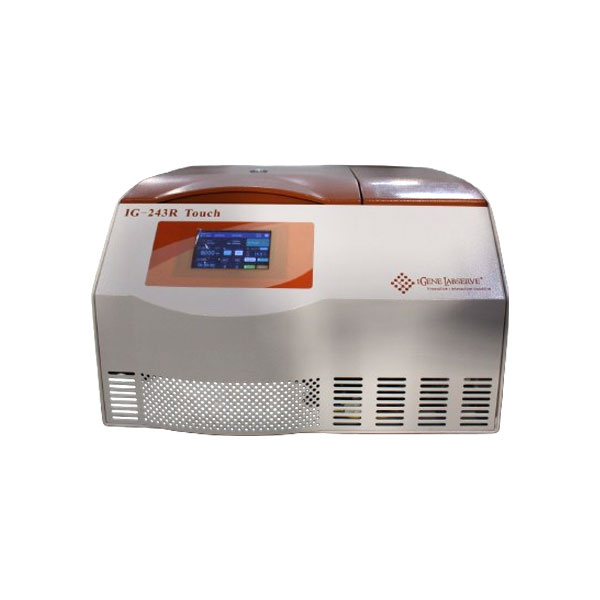Centrifuges are vastly used for purification and separation in biological laboratories. The basic function of this device is separating materials based on its size and density and that is why you will come across equipment in varied sizes. The key to achieving excellent lab results using high speed cooling centrifuge depends on how well it is cared for. Therefore, laboratory specialists must stick to the best and recommended practices to ensure that it operates well and offer optimal results.
Here are the best practices to implement and ensure that the centrifuge operates optimally and users stay safe:
Are you working with centrifuges in a laboratory? Do you know that using the device incorrectly may result in destructible consequences? The biggest concern of incorrect operation is the injury the device may cause to users. Moreover, metal fragments propping out of the device when using it may also result in bad injuries. When flying fragments coming out of the device hits a lab worker when the device is in use, it may result in considerable health risks. So, here you go and understand what the best practices of usage are:
- Examining the unit before use
If the high speed cooling centrifuge has been operating since a long, the aggressive chemicals, moisture, and salts gradually corrode the buckets and rotor. If you delay in taking action, the results are going to be disastrous. You will find small holes appearing due to corrosion, especially in those areas where scratches and cracks already exist. Now, the question is that what does it do to the device? The basic consequence is lowering the functionality and life of the device. Eventually, the centrifuge device may no longer remain safe for use and cause the rotor to fail. Yes, the manufacturing process of this device ensures safety to users but if the machine itself fails to operate, it is not deemed as safe. Besides, the lab technicians need to inspect the rotor as they often undergo metal fatigue due to repeated use. Unfortunately, the signs of wear and tear may not show up until you inspect to the depth. That way, you will have better control over the laboratory procedures.
- Pattern of usage
You are already familiar that incorrect usage of high speed cooling centrifuge may result in disastrous consequences. So, one of the practices is following a proper method of usage. So, here it goes:
- First, the sample to be loaded n the centrifuge needs to be in the correct position.
- The rotor cover should stay tight and then the cover of the centrifuge door. Use both hands when closing the lid.
- Before the rotor starts operation, be sure to check that the test tubes and samples are loaded appropriately, and one more thing you shouldn’t forget is whether the loading is symmetrical. Chances are that the tubes may have been loaded with samples several times, so take care to note that you don’t suddenly turn up the device when the sample chamber is loaded asymmetrically.
- When closing or opening the door cover of the device, be sure to conduct the task manually and make sure the operation is slow and not harsh.
- For contaminated samples, you need to remove them at first and put it in the BSC.
- After using the device, open the door cover slowly and softly to remove the sample from indoors.
- Wipe the chamber clean so that no traces of samples remain inside the centrifuge chamber. Besides, it also helps in cleaning the dust accumulating inside.
- Speed and load tolerance
For each device, the manufacturer is responsible for checking the speed and load tolerance. If you cross the load tolerance and let the device run at maximum speed, it may lead to a mechanical failure in the rotor and injuries. Besides, you need to know when to adjust the speed of the device and go through the manual carefully to read the instructions. That way, you will come to know how to change the speed when the load tolerance is very high, medium, and low. For materials that cause precipitation, you need to consider the density gradient of the precipitate as well and not the solution only.
- Close the lid during cycles
When the high speed cooling centrifuge runs smoothly, you may still need to close the door to avoid causing injuries to bystanders and users. In the event of a failure of the rotor, the contaminants and debris would not come outside if the lid cover stays closed.
- Taking care of the device
Some applications require the centrifuge to run for several hours in a go. But, don’t leave the place when the device operates. You need to watch it operating until it reaches the maximum speed so that if anything goes wrong in the process, you can detect it quickly n the beginning.
- Stop the operations if there is vibration or noise
A few signs that you can easily detect for concerns are the noise and vibrations. The moment you notice both, you must ask the technician to check the device thoroughly but only after the machine has stopped completely.
So, you are familiar now with the risks that a high speed cooling centrifuge pay pose. So, act right continue with these practices to ensure that you enjoy peak performance with sample separation. To buy the best-quality centrifuge, connect with us at https://www.igenels.com/ and know how to make a difference to your scientific procedure.


